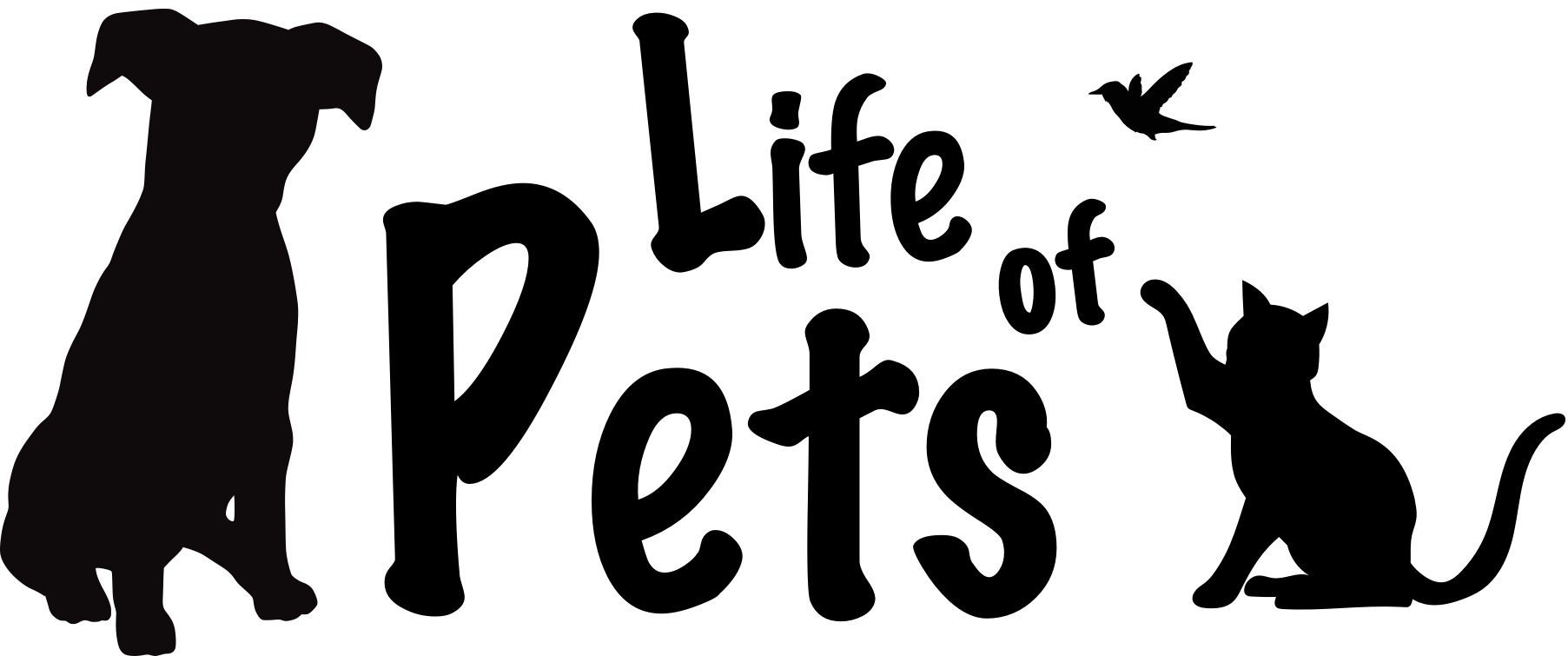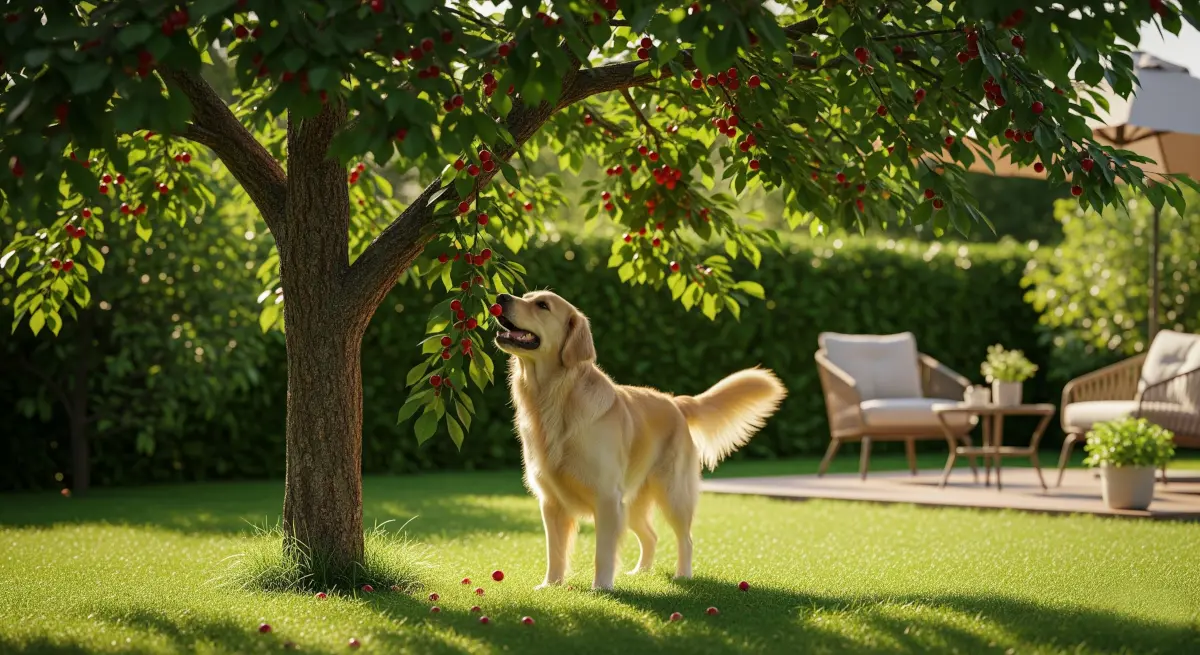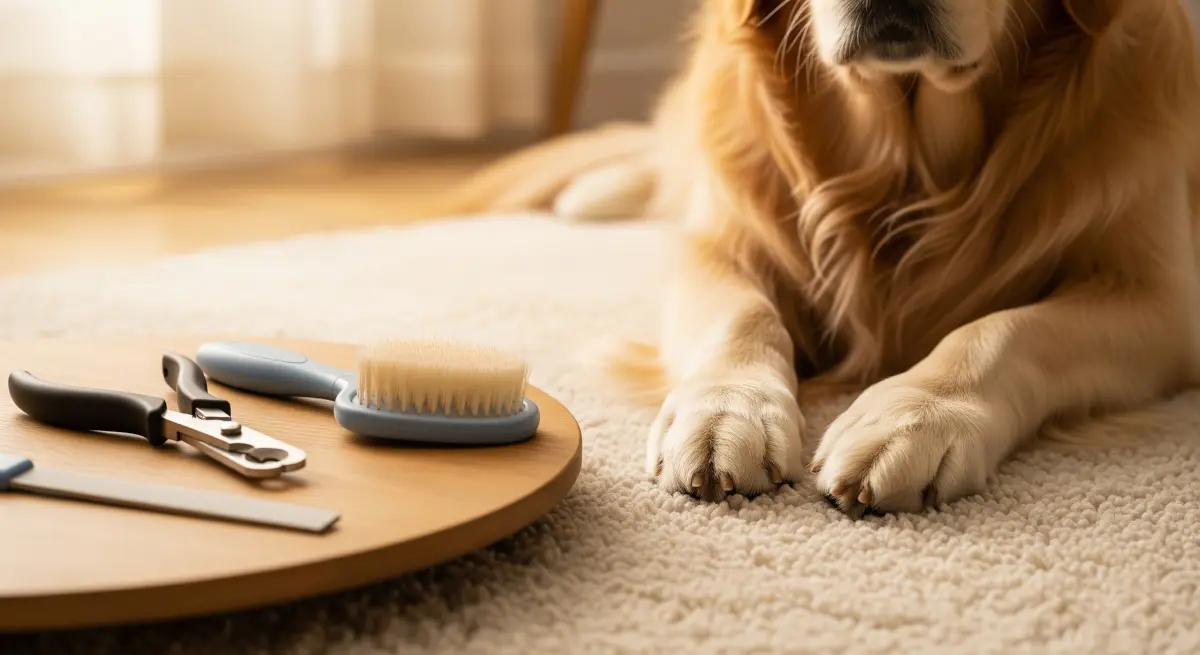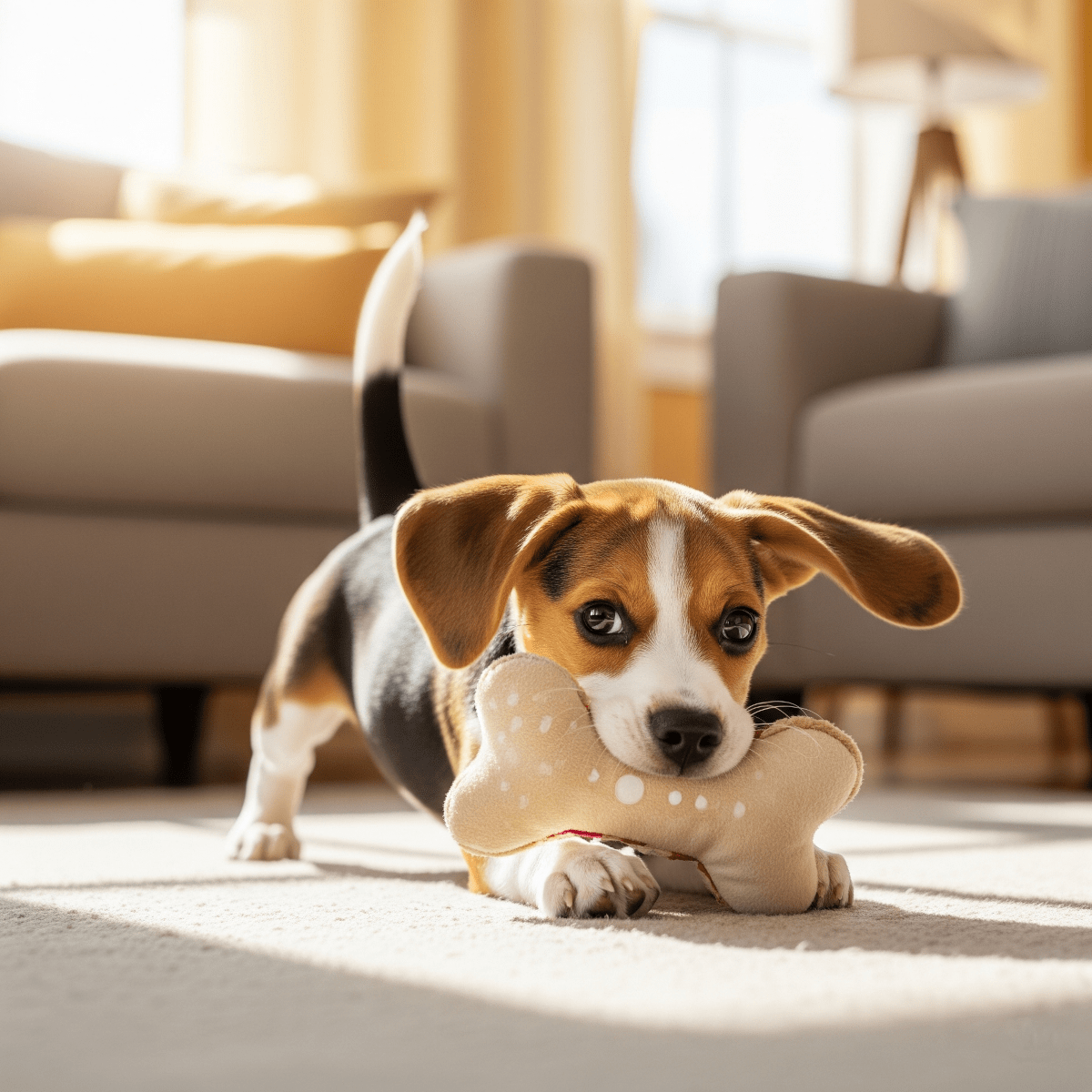When it comes to cut dogs, proper grooming techniques are essential for maintaining your furry friend’s health, comfort, and appearance. Did you know that regular grooming can prevent up to 80% of common skin conditions in dogs? With the right approach, you’ll not only keep your pet looking great but also strengthen your bond while promoting their overall well-being. This comprehensive guide will walk you through everything you need to know about professional dog grooming techniques, from basic cuts to advanced styling methods.
Whether you’re a new pet parent or an experienced dog owner, understanding proper grooming techniques is crucial for your pet’s health and happiness. In this detailed guide, we’ll explore the most effective methods for cutting and styling your dog’s coat, essential tools you’ll need, and step-by-step instructions to achieve professional results at home.
Table of Contents
- Understanding Dog Grooming Basics
- Popular Grooming Techniques for Cut Dogs
- Choosing the Right Technique for Your Dog
- Essential Tools for Home Grooming
- Step-by-Step Grooming Guide
- Health Benefits of Regular Grooming
- Common Mistakes to Avoid
- Frequently Asked Questions
- Conclusion
Understanding Dog Grooming Basics
Dog grooming techniques encompass much more than simply cutting your pet’s hair. The term “cut dogs” refers to canines that undergo various grooming processes designed to improve their appearance, comfort, and health. These practices are fundamental for maintaining proper hygiene, preventing skin diseases, controlling parasites, and promoting emotional well-being.
Professional grooming serves multiple purposes beyond aesthetics. It helps regulate your dog’s body temperature, prevents matting that can lead to skin irritation, and allows for early detection of potential health issues. Regular grooming sessions also provide an opportunity to check for parasites, unusual lumps, or skin conditions that might otherwise go unnoticed.
The grooming process typically involves several key components: bathing, brushing, nail trimming, ear cleaning, and various cutting techniques. Each element plays a crucial role in maintaining your dog’s overall health and appearance. Understanding these basics will help you make informed decisions about your pet’s grooming needs.
Popular Grooming Techniques for Cut Dogs
All Over Trim (AOT)
The All Over Trim technique involves clipping your dog’s entire coat to a uniform length using grooming clippers. This method is particularly effective for dogs with long, thick coats that are prone to matting. The AOT provides a clean, manageable appearance while significantly reducing daily maintenance requirements.
This technique works best during warmer months when dogs need relief from heavy coats. The uniform length typically ranges from 1/4 inch to 1 inch, depending on your dog’s comfort level and the climate. Regular AOT sessions can prevent painful matting and reduce the risk of skin infections.
Puppy Cut
Despite its name, the puppy cut isn’t limited to young dogs. This versatile technique involves trimming the coat to a uniform length of 1-2 inches throughout the body. The puppy cut is ideal for maintaining a neat appearance while preserving some of your dog’s natural coat texture.
This style is particularly popular among busy pet owners because it requires minimal daily maintenance while keeping dogs comfortable and clean. The puppy cut works well for most breeds and coat types, making it one of the most requested grooming styles.
Breed-Specific Cuts
Certain breeds have traditional grooming styles that enhance their natural features. The Poodle cut, for example, maintains shorter hair on the body while leaving longer hair on the head and neck. Schnauzer cuts emphasize the breed’s distinctive beard and eyebrows through strategic trimming and shaping.
These breed-specific techniques often require more advanced skills and understanding of each breed’s unique characteristics. Professional groomers typically specialize in these styles to ensure proper execution and maintain breed standards.
Sanitary Trim
The sanitary trim focuses on hygiene by carefully trimming hair around the genital and anal areas. This technique prevents the accumulation of waste and reduces the risk of infections. While it may seem minor, this grooming aspect is crucial for your dog’s health and comfort.
Regular sanitary trims are especially important for dogs with long or thick coats. This technique should be performed carefully to avoid cuts or irritation to sensitive areas.
Choosing the Right Technique for Your Dog
Selecting the appropriate grooming technique depends on several factors unique to your dog. Understanding these considerations will help you make the best choice for your pet’s specific needs.
Coat Type Considerations
Different coat types require different approaches. Dogs with double coats, such as Golden Retrievers and German Shepherds, need techniques that preserve their natural insulation properties. Single-coated breeds like Poodles and Maltese can handle more dramatic cuts without affecting their temperature regulation.
Long-haired breeds typically benefit from regular trimming to prevent matting and maintain comfort. Short-haired dogs may only need occasional touch-ups and sanitary trims. Understanding your dog’s coat type is essential for choosing the most appropriate grooming technique.
Lifestyle Factors
Your dog’s lifestyle significantly influences the best grooming approach. Active outdoor dogs may benefit from shorter cuts that are easier to maintain and less likely to collect debris. Indoor dogs might maintain longer styles since they’re less exposed to environmental factors.
Consider your dog’s activity level, living environment, and exposure to outdoor elements when selecting a grooming technique. Dogs that spend time in wooded areas or muddy environments typically require more frequent grooming and shorter cuts.
Age and Temperament
Puppies need gradual introduction to grooming procedures, starting with short sessions and positive reinforcement. Senior dogs may require gentler handling and modified techniques to accommodate joint stiffness or other age-related conditions.
Anxious or aggressive dogs benefit from calm, patient approaches and may need multiple short sessions rather than one long grooming appointment. Understanding your dog’s temperament helps ensure a positive grooming experience.
Essential Tools for Home Grooming
Having the right tools makes a significant difference in achieving professional-quality results when grooming your dog at home. Investing in quality equipment will improve your grooming experience and ensure your dog’s safety and comfort.
Cutting Tools
Professional-grade grooming scissors are essential for detailed work and finishing touches. Choose scissors with rounded tips for safety around sensitive areas. Thinning shears help blend cuts and create natural-looking finishes.
Electric clippers provide efficient, uniform cuts for larger areas. Look for clippers with adjustable blade guards and variable speeds to accommodate different coat types and grooming needs. Quality clippers should operate quietly to avoid frightening your dog.
Brushing Equipment
Pin brushes work well for most coat types and help remove loose hair and prevent matting. Slicker brushes are excellent for removing undercoat and working through tangles. Rake brushes are specifically designed for double-coated breeds.
Different brush types serve specific purposes, so having a variety available allows you to address various grooming needs effectively. Regular brushing between cuts helps maintain coat health and reduces grooming time.
Safety Equipment
Nail clippers designed for dogs are essential for regular maintenance. Choose between guillotine or scissor-type clippers based on your comfort level and your dog’s nail size. Styptic powder should be available in case of minor cuts.
Non-slip mats for grooming surfaces help keep your dog secure and comfortable during the process. Good lighting is crucial for safe, effective grooming, especially when working around sensitive areas.
Step-by-Step Grooming Guide
Following a systematic approach ensures safe, effective grooming results while minimizing stress for both you and your dog. This comprehensive process covers all essential aspects of proper dog grooming.
Preparation Phase
Begin by selecting a quiet, well-lit area for grooming. Gather all necessary tools before starting to avoid interruptions. Ensure your dog is calm and comfortable before beginning the session.
Start with a thorough brushing to remove loose hair and identify any mats or tangles. This preparation step is crucial for achieving smooth, even cuts and preventing clipper damage.
Bathing and Drying
Clean dogs are easier to groom and produce better results. Use lukewarm water and dog-specific shampoo to avoid skin irritation. Rinse thoroughly to remove all soap residue, which can cause skin problems.
Dry your dog completely before cutting. Wet hair can clog clippers and produce uneven cuts. Use towels and a blow dryer on cool setting, or allow natural air drying if time permits.
Cutting Process
Begin with longer guard settings and gradually work shorter if needed. Always cut in the direction of hair growth for the smoothest finish. Work systematically from one area to another to ensure even coverage.
Pay special attention to sensitive areas like the face, paws, and sanitary regions. Use slower movements and extra caution around these areas to prevent accidents. Take breaks if your dog becomes restless or stressed.
Finishing Touches
Use scissors for detailed work around the face, ears, and paws. Trim nail tips carefully, avoiding the quick (pink area inside the nail). Clean ears with appropriate products and cotton balls.
Brush the coat once more to remove any loose hair from cutting. This final step helps achieve a polished, professional appearance.
Health Benefits of Regular Grooming
Regular grooming provides numerous health benefits that extend far beyond appearance. Understanding these advantages helps emphasize the importance of consistent grooming practices for your dog’s overall well-being.
Skin Health Improvements
Proper grooming removes dead skin cells, dirt, and debris that can contribute to skin problems. Regular brushing stimulates blood circulation, promoting healthy skin and coat growth. This process also helps distribute natural oils throughout the coat, maintaining optimal skin moisture.
Grooming allows for early detection of skin issues such as rashes, hot spots, or unusual lumps. Early identification of these problems enables prompt treatment and prevents more serious complications.
Parasite Prevention
Regular grooming helps detect and prevent flea and tick infestations. Thorough brushing and bathing remove parasites and their eggs before they can establish themselves. This proactive approach is more effective and less stressful than treating full-scale infestations.
Keeping your dog’s coat clean and well-maintained creates an environment that’s less attractive to parasites. Regular grooming also allows you to apply preventive treatments more effectively.
Temperature Regulation
Proper grooming helps dogs regulate their body temperature more effectively. Removing excess undercoat prevents overheating in summer while maintaining necessary insulation in winter. This balance is crucial for your dog’s comfort and health.
Dogs with properly maintained coats are less likely to experience heat-related stress and more comfortable in various weather conditions. This improved comfort level contributes to better overall health and activity levels.
Common Mistakes to Avoid
Even well-intentioned pet owners can make grooming mistakes that compromise their dog’s safety and comfort. Understanding these common errors helps ensure successful grooming experiences and prevents potential problems.
Rushing the Process
Hurrying through grooming sessions often leads to uneven cuts, missed spots, and increased stress for your dog. Take your time and work methodically to achieve the best results. If your dog becomes anxious, take breaks and resume when they’re calmer.
Remember that grooming is a bonding experience that should be enjoyable for both you and your pet. Rushing undermines this positive aspect and can create negative associations with grooming.
Using Inappropriate Tools
Human grooming tools are not suitable for dogs and can cause injury or produce poor results. Invest in quality, dog-specific equipment designed for safe, effective grooming. Dull blades and poorly maintained tools can pull hair and cause discomfort.
Using the wrong blade length or brush type for your dog’s coat can result in cuts that are too short or ineffective grooming. Match your tools to your dog’s specific needs and coat type.
Neglecting Safety Precautions
Failing to secure your dog properly during grooming can lead to accidents and injuries. Always use non-slip surfaces and consider restraint systems for anxious dogs. Never leave your dog unattended during grooming sessions.
Working too quickly around sensitive areas increases the risk of cuts and injuries. Take extra time and care when grooming near eyes, ears, and genital areas.
Frequently Asked Questions
How often should I groom my dog?
The frequency of grooming depends on your dog’s breed, coat type, and lifestyle. Most dogs benefit from professional grooming every 6-8 weeks, while daily brushing is recommended for long-haired breeds. Short-haired dogs may only need grooming every 3-4 months, but regular brushing and nail trims are still important. Active outdoor dogs may require more frequent grooming to maintain cleanliness and comfort.
Can I groom my dog at home safely?
Yes, with proper tools, preparation, and patience, home grooming can be safe and effective. Start with basic techniques like brushing and bathing before attempting more complex cuts. Always prioritize your dog’s safety and comfort, and don’t hesitate to seek professional help for difficult procedures or if your dog shows signs of stress or aggression during grooming.
What’s the best age to start grooming my puppy?
Puppies can begin gentle grooming experiences as early as 12-16 weeks old, after completing their initial vaccination series. Start with short, positive sessions focusing on handling and basic brushing. Gradually introduce more grooming elements as your puppy becomes comfortable with the process. Early positive experiences create lifelong acceptance of grooming procedures.
Should I cut my dog’s hair short for summer?
While shorter cuts can help dogs stay cool in summer, completely shaving double-coated breeds can actually interfere with their natural temperature regulation. Instead, opt for moderate trims that maintain some coat length while reducing bulk. Consult with a professional groomer to determine the best summer cut for your specific breed and coat type.
What should I do if I accidentally cut my dog during grooming?
If you accidentally nick your dog’s skin, remain calm and immediately clean the area with antiseptic solution. Apply pressure with a clean cloth to stop bleeding, and use styptic powder if available. Monitor the wound for signs of infection and contact your veterinarian if you notice swelling, persistent bleeding, or other concerning symptoms.
How can I make grooming less stressful for my anxious dog?
Gradual desensitization and positive reinforcement are key to reducing grooming anxiety. Start with short sessions and reward calm behavior with treats and praise. Use calming techniques such as soft music, familiar scents, or anxiety-reducing products. Consider breaking grooming into multiple short sessions rather than one long appointment, and always end on a positive note.
What’s the difference between professional and home grooming?
Professional groomers have specialized training, experience, and equipment that enables them to handle complex cuts, difficult dogs, and breed-specific styling. They can also identify potential health issues and provide services like expressing anal glands. Home grooming is suitable for basic maintenance and can be more convenient and cost-effective for simple cuts and regular upkeep.
Conclusion
In conclusion, embracing the world of dog grooming, especially understanding the nuances of “cut dogs” and various dog grooming techniques, is a profound way to enhance your pet’s life. Beyond just aesthetics, regular and proper grooming is fundamental to their skin health, temperature regulation, and overall well-being, effectively preventing common issues like matting and parasite infestations. By familiarizing yourself with different cuts like the All Over Trim, Puppy Cut, and breed-specific styles, and by selecting tools and techniques tailored to your dog’s unique coat, lifestyle, age, and temperament, you empower yourself to provide the best care. Remember, whether you opt for professional services or choose to groom your furry friend at home, patience, the right tools, and a systematic approach are key to a positive experience. This consistent dedication to grooming not only keeps your dog looking sharp and feeling comfortable but also strengthens the special bond you share, turning routine care into moments of affection and trust. Prioritize their health and happiness through informed and loving grooming practices, ensuring they live their best, healthiest lives by your side.





